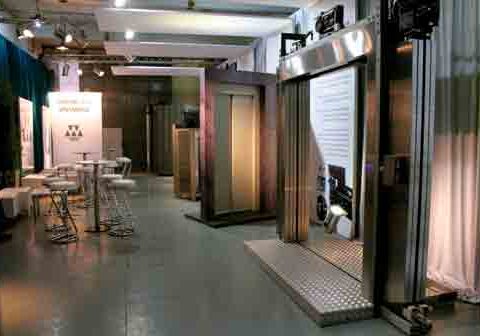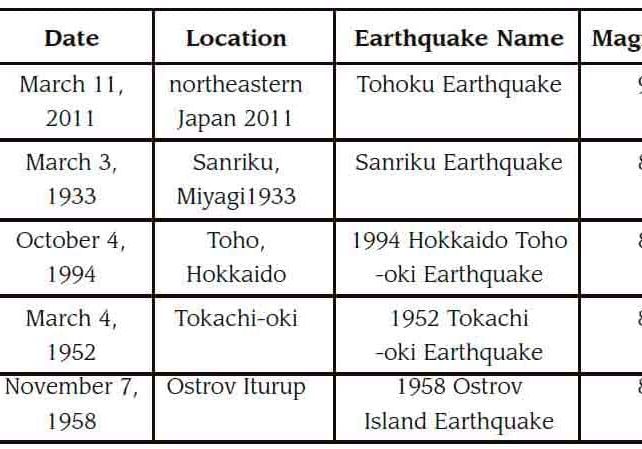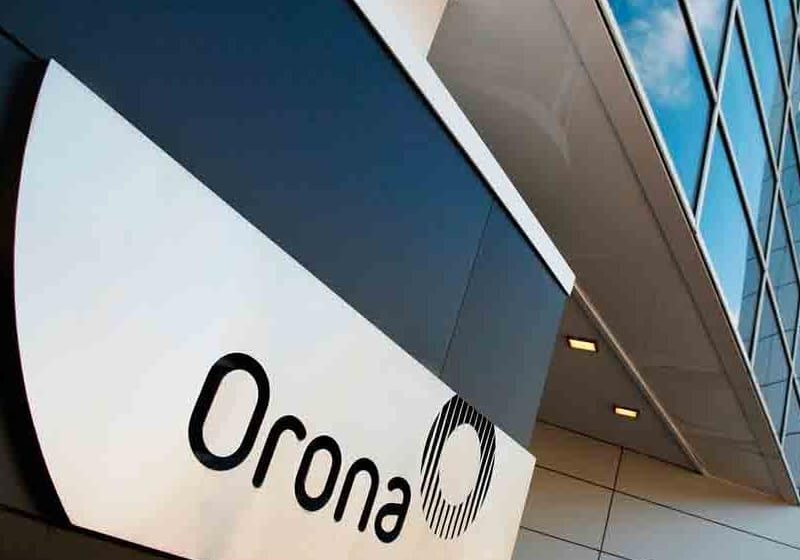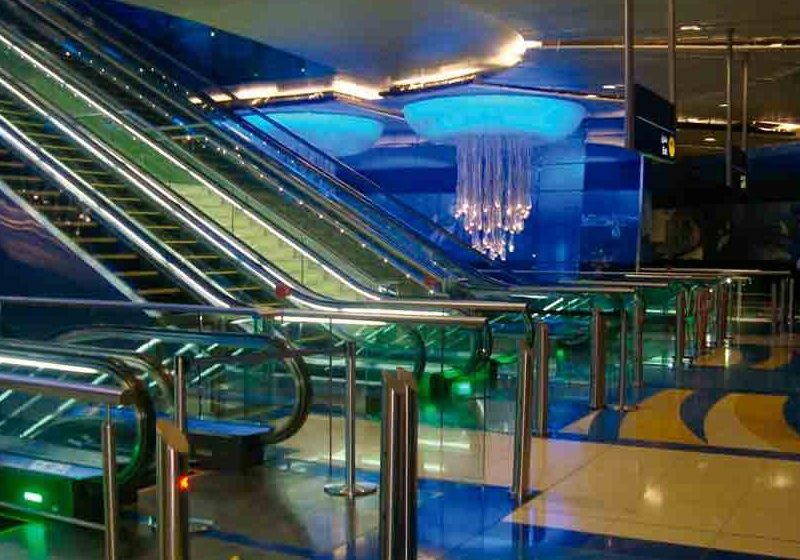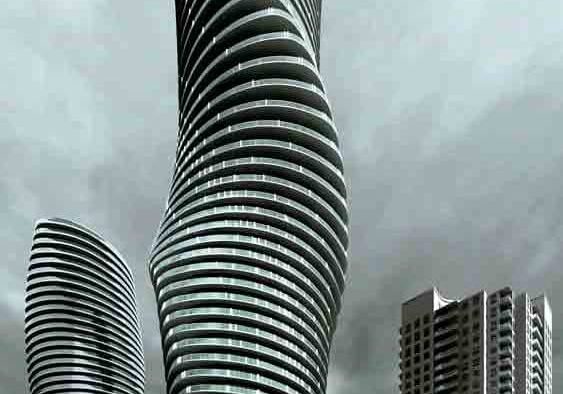A Working Life with Express Lift Co.
Oct 1, 2011
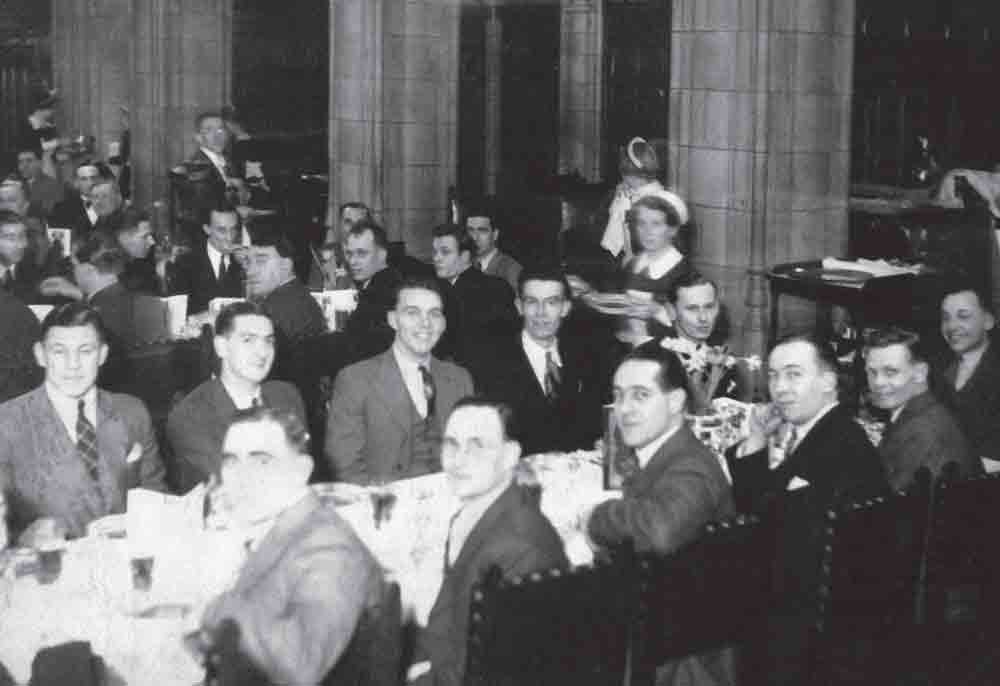
The colorful career of Ben Falk is traced through his son’s stories and research.
This story was sent to ELEVATOR WORLD by Patricia Gale (mother of EW Contributor John Gale) after genealogy research she and her brother, Douglas Falk, did into their family tree. They were especially intrigued by stories of their father, Ben Falk, “who was a liftman through and through.”. . . Editor
As a reader of EW for many years, I felt fellow readers would be interested in a brief history of one of the best lift engineers I have come across; but I would say this because he was my father. He came from a family of six boys and two girls, and all the boys went into the lift industry, all working for different companies. However, before Ben Falk started in lifts, he worked with his father, Emil Falk, on all types of electrical work, including installing electric runway lights on an airfield north of London. I seem to remember Henlow being mentioned when I was about eight years of age, between the two world wars.
After this, Emil went into photography, and Ben joined a small lift company called Smith, Major and Stevens (SMS). Because he was good on the electrical side, he was put to work troubleshooting, installing controllers, etc. For those of us who remember them, the controllers were called “gas-oven type,” only because they looked like gas ovens. I have not been able to find out what happened to SMS, except that it was taken over by Express Lift Co. much later. Ben is noted in the company’s magazine to have joined Express in 1927, at which time he worked in the London Service Department and played a major role in the organization of social clubs activities.
My father started with Express doing callouts, breakdowns and rectification on troublesome jobs. Eventually, he went over to the new lift side of the firm and worked on troubleshooting, testing, etc. His manager’s name was Charlie Jones at the London office on Greycoat Street in Westminster, U.K. When photocells were in their infancy, Ben was given the chance to experiment on a photocell unit at a new store, Bentalls, in Kingston upon Thames in Surrey. He installed a unit to open the doors to the Pram Park so that the doors just opened when mothers pushed their prams up to the door. This is nothing nowadays, but at that time, it was quite something else.
During World War II, my father was too old to go into the forces, so he was sent to Bristol to keep the lifts working at the Bristol Aircraft factory, which manufactured aircraft engines. These were assembled on the upper floors and brought down in the lifts for installation. By this time, Jones had been enlisted in the Royal Navy, and one of the jobs he was given was to come up with a solution to the problem of magnetic mines plaguing the U.K. merchant fleet trying to get urgent supplies from America.
Jones must have pulled some strings at the Admiralty and got Ben into the Navy with the rank of commander (making him thankful to not have to wear a uniform). He was to help design and produce the necessary equipment to overcome the mine problem. The group was given an old tug with which to experiment, and a lot of time was spent steaming up and down the English Channel with experiments until they finally cracked it. On completion of this work, my father was demobilized and sent back to Bristol to carry on with his lift work. All this took place within a six-month period.
Ben also designed and made an inductor system to switch the slowing and stopping of lifts, and M V. Amberg, managing director of Express, said at the time that it would put
Express lifts 10 years (the length of the patent) in advance of Otis.
In the 1950s, I worked in the Express Drawing Office at age 16. The company used a car-door safety edge that looked like a curtain wire stretched inside a rubber/fabric cover. When the cover was touched, the curtain wire made contact, allowing the door to reopen. However, this safety edge was not fireproof, so my father designed a spring-loaded metal edge, and I did the drawings for him in the office. This solved the problem. Management rewarded him with a check and me with a pat on the back.
There were three other test engineers working with Dad – Ernie Walcott, Harry Lambourne and Tommy Jones. They completed, between them, some of the most prestigious installations in and around London during the 1950s: Plantation House, Bucklesbury House, Post Office Tower, Magnet House in Kingsway, London, to name a few. I also worked on these sites as a young fitter. Ben and Walcott tested all of the gearless and high-rise lifts in and around London, and the smaller contracts were handled by Harry and Tommy Jones.
Around this time, Express took on a job in Buenos Aires and sent out a first-rate engineer from London, George Newman, to supervise local labor on the installation. Upon completion, Ben flew out to test and hand over. He was not very happy about flying in those days; he was really a sailor at heart. You can imagine how he felt in that old propeller plane when told they were short of fuel and would have to land at Gander to refuel in heavy snow and temperatures well below freezing. After this job, he went on to Jamaica to sort out some problems for GEC. In doing so, he crossed the equator, for which he received a certificate from Pan American Airways that we still have.
On returning from South America, he became quite ill. However, a serious fault was found on a new installation, and no one could get the lift to run. Because of a handover deadline, Erection Manager Mr. Cove phoned my father, and, to cut a long story short, he agreed to send a taxi to take my father to the site. On arriving, it was found to be an 18-floor job, and there was no way Dad could walk up all those stairs in his state of health. The fitter in charge of the site took command of the situation, got my father in a chair and, with all the other fitters, carried him up to the machine room, where my father said, “Right; now, I am not coming down again until the lift is running.” He got the lift running that afternoon and went back home in the taxi.
He died in 1963, at the age of 59, and at his funeral, there must have been 200-300 lift engineers to see his passing, and all the local pubs were full.
Get more of Elevator World. Sign up for our free e-newsletter.


